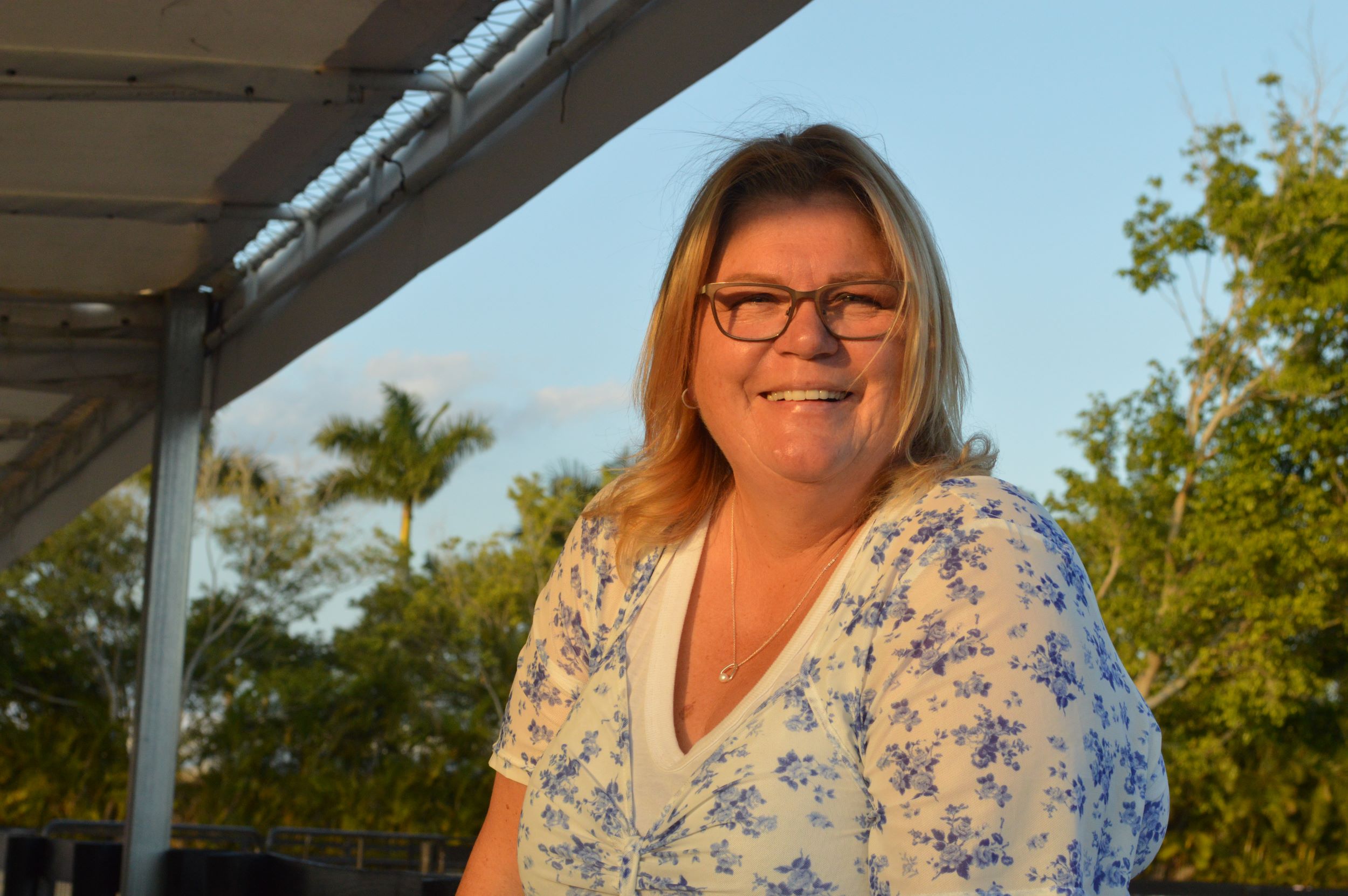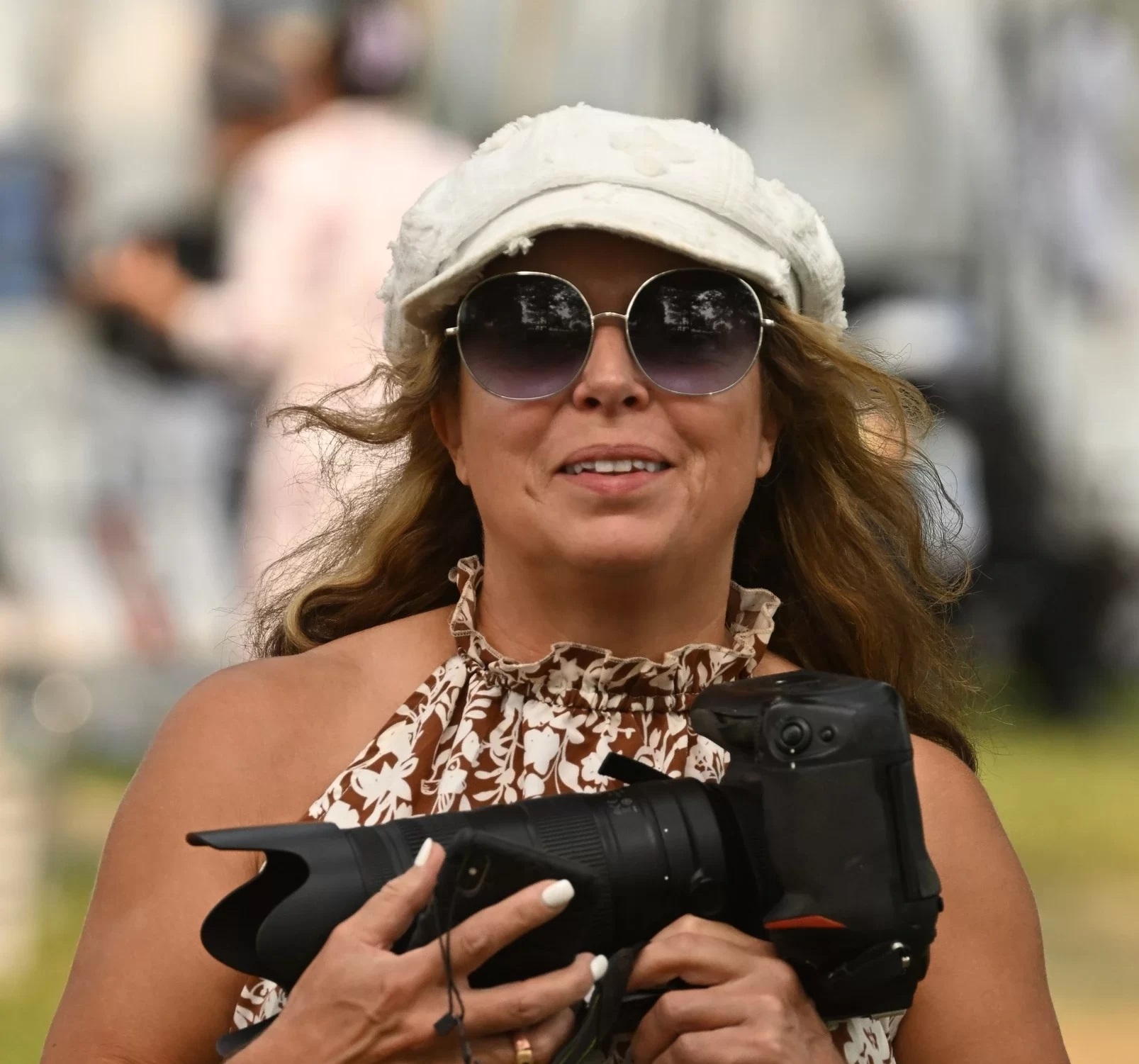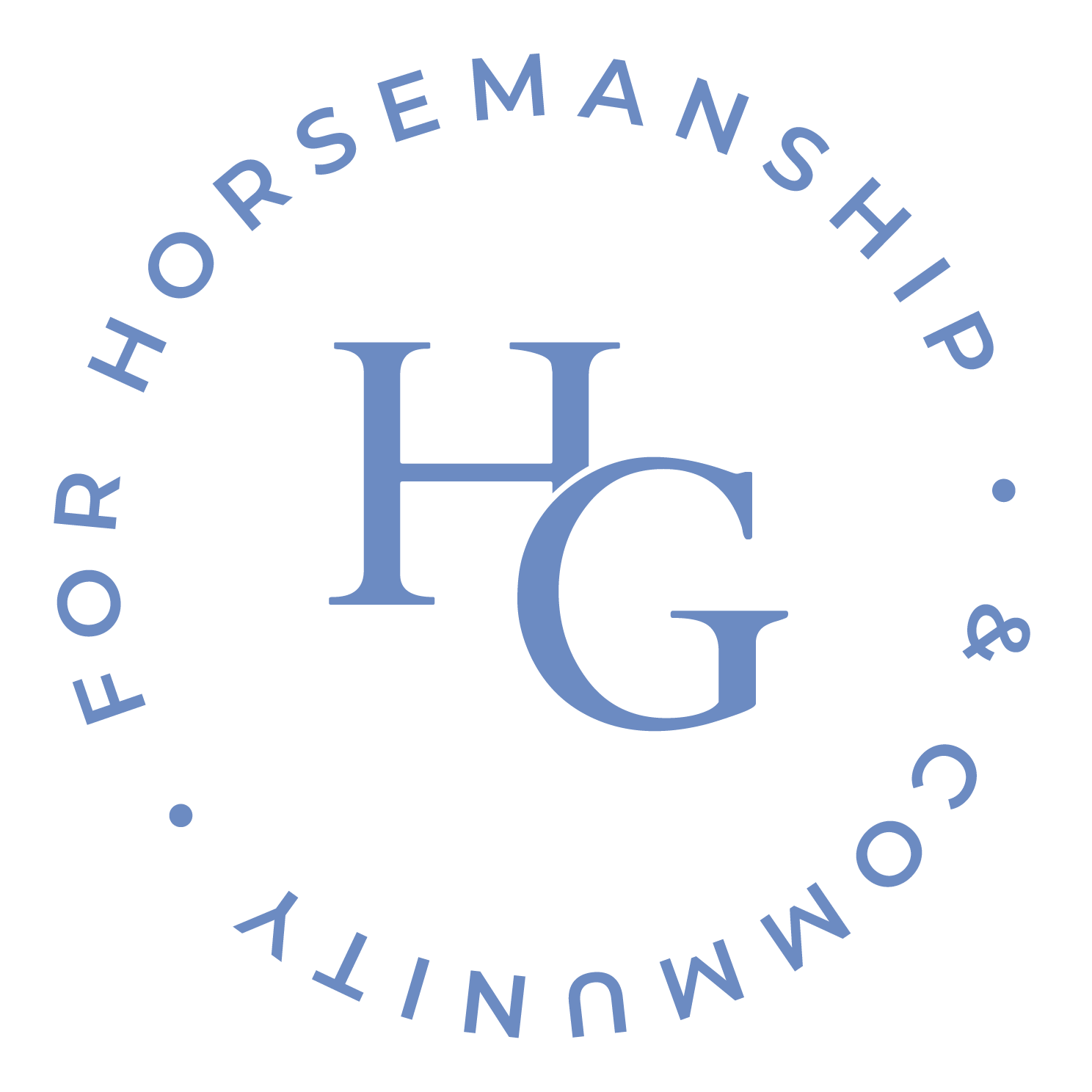Miranda van Kol holds a mirror to the world of show grooms.
A broken leg set Holland’s Miranda van Kol on track for a career in grooming. Not her leg – but the leg of someone working at a local yard. They asked her to help out for a couple of weeks, and that was the start of her foray into an equestrian career that has spanned several decades.
Van Kol had started riding ponies and having lessons at a local barn. She was too young for a full-time job, but that did not prevent her from becoming a professional groom. “After they asked me to fill in, they offered me a job,” van Kol said. “I still had to go to school for one day a week. But I started to work there, and I stayed for about six years.”
Van Kol’s early days of grooming were with eventers, and she worked for the Dutch rider Astrid van Leeuwen. But Miranda had a yearn to travel so she moved to jumpers so she could see a bit more of the world. “With the eventers you don’t travel as much,” she said.
She found a position with leading Dutch showjumper and coach Eric van der Vleuten and was able to experience the life of international showing including attending the FEI World Cup. She currently resides in Wellington, Florida, working as a home groom for a boutique operation.
The HorseGrooms Connection
Van Kol and HorseGrooms founder Dinette Neuteboom are both from the Netherlands. They met in the horse world, and they found they had common interests beyond being compatriots – particularly when it came to the plight of grooms.
“We began to talk about the fact that there was nothing in place for grooms at the horse show when it came to insurance,” van Kol said. “If something happens at the horse show, a lot of grooms don’t have health insurance. We also discussed working hours for grooms and the fact that they don’t get enough time off.”
The Plight of Grooms
Van Kol had many concerns regarding grooms and their working conditions, many of which are still on her mind. Some of her observations of things that need improving are more fundamental even than health insurance. For example, she feels employers need to give more consideration to working hours. Sometimes the start and finish times of a working day can prove deceptive. The physical demands of grooming at a high level for long periods of time is one of the reasons it is hard for older grooms to stay in the sport.
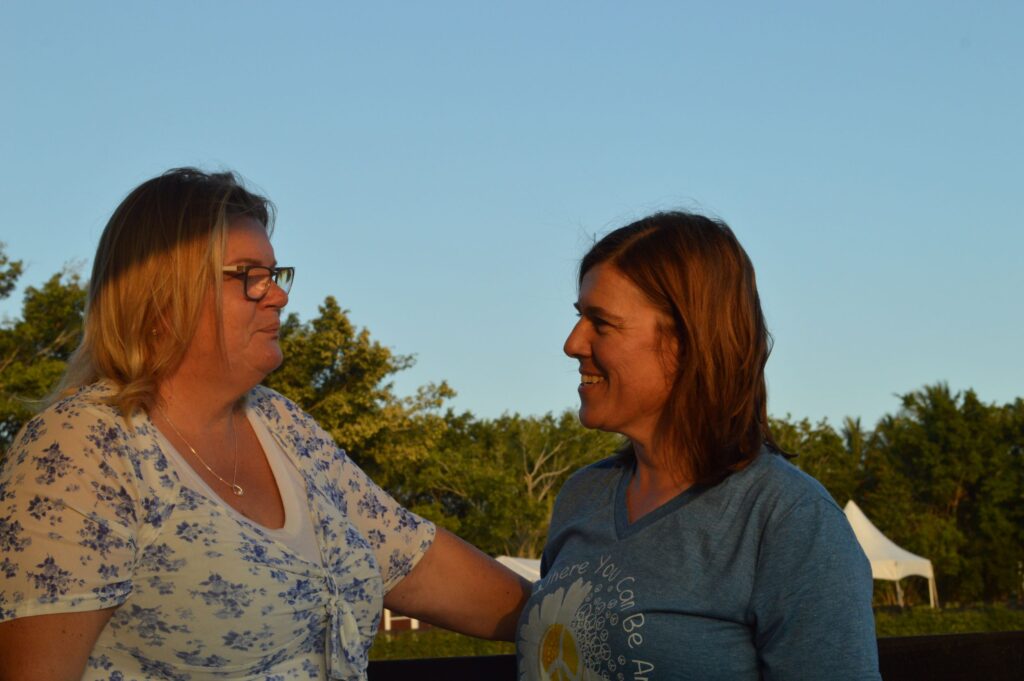
Show grooms need to have stamina. “Sometimes they are up at 3 a.m. and working through until 6 p.m.,” van Kol said. “When you are young you don’t get tired. It doesn’t matter if you skip a night, or you have long days, or you work seven days a week. But when you get older, your body tells you, you can’t do it anymore.”
Grooming Hours
Some employers make the error of underestimating the hours involved. “Unless you have actually done it yourself you don’t know what is involved,” said van Kol. “I might see an ad that says, ‘Part time help. We need someone to do just 12 stalls.’ That is not a part time job. Four hours is a part time job. But if you start at 5 or 6 in the morning, even if you finish at 2, you have worked a full day.”
Fluidity could change the game changer in this instance, and van Kol suggests another approach. “Employers could be a little bit more flexible with it,” she said. “So, for example, if one or two people come in early to feed and start stalls, maybe the others start an hour later. And if you are the ones who start early, you can leave an hour early if it works out for that day.”
Longer Show Days
Much of the strains put on grooms today is a result of longer showing hours – and more show days. “When I came to America, we were done every day even here in Wellington by 4 o’clock,” van Kol said. “We walked home. We were showered by 5 o’clock and ready to go to the store or to do some things in the evening. But now the show goes on longer. And then you have the night classes here in Wellington, and more and more shows have night classes. There is no break because at 8 o’clock another horse is going to the ring. Even if you don’t have a night class, you have night check. And so you have no peace until that is done.
“It’s hard on grooms,” she continued. “It’s very hard to have a social life under those circumstances. The job is our passion but having to put in that kind of commitment to your work – requiring you to give up your own life – is why it is difficult to keep people in the industry.”
Unexpected Overtime
Other unmitigated factors include horses needing the vet. “Maybe the vet cannot come out straight away,” said van Kol. “They come you know at 6 o’clock, but you have already had a full day. And it’s not that you don’t want to be there to look after the horse – that’s the job – but it does mean that you have really long days. Also the weather can be a factor. If it’s raining and showing is delayed, or your horse needs more than one bath that day because of the muddy conditions, it all adds up.”
Typically, there is no overtime pay for grooms, and things like night checks are part of the job description. But van Kol believes there can be a compromise in recognizing that grooms need some down time.
“If it is an easy week, you might think you could have an extra day off, but that is rarely acceptable,” she said. “A lot of young people only want to work five days a week. And while they might be OK to work weekends, they don’t want to work every weekend. And if you give extra time off, you have to make sure there are others to fill in, otherwise it’s just making the job twice as hard for those who are at the barn that day.”
Moving Parts
At the end of the day showing is a business – and businesses have to make money. But sometimes the degree of profit drives the organization, to the detriment of the horses and the grooms. Gaps in staffing, with overworked employees, can prove hurtful to the entire barn. “The grooms can even be forced into cutting corners in the horse industry,” said van Kol. “You cannot cut corners very easily because presentation is a big thing. Everything has to be so perfect that it puts quite a lot of stress on horse grooms.”
The timings of the show ring also add to the pressure. “You may have to be at the ring early in the morning, but then be waiting until the horse goes, sometimes for hours at a time,” van Kol said. “You have to wait for the trainer and/or the rider to get to the ring – and maybe there are too many conflicts for the trainers because of the number of clients they take on. And while you are at the ring, you can’t do anything for the three hours that you are at the ring, so it means work at the barn is not getting done – or other grooms have to take on your jobs.
“Working as a team is not a problem but sometimes the additional work makes it hard,” she continued. “Unfortunately, jobs with long working hours and high stress levels can cause mental health problems, and there are knock-on effects of that on someone’s way of life.”
Lunging
Added into the mix of a full show day for show grooms is the continual use of lunging, which can prove logistically challenging. “There’s not usually a place where you can quickly lunge a horse at a showground,” said van Kol. “So you have to walk for at least 10-15 minutes. And most of the time you have to wait when you get there because other people are lunging. Then the trainer might call and wonder where you are – and then you are stressed out trying to get the horse back to the ring in time – and hope that you have lunged them enough so they show well.”
There are many moving parts in planning a show day. Sometimes for grooms it is as simple as one, two, three, and sometimes it all goes wrong. Van Kol believes changes could help make things smoother for the horse, the rider, and the groom.
The accepted norm of lunging horses to ensure they are quiet in the ring causes one of the challenges. Van Kol believes the situation could be improved for horses and grooms if the rules changed to allow some use of products to do the same thing. “There are certain drugs that you could use to help to make a horse calmer – and if they are used right and not banned, they could make things better for the horses. Because lunging a horse for long periods is not ideal for their physical and mental health. And when it is cold, horses are lunged for even longer periods.”
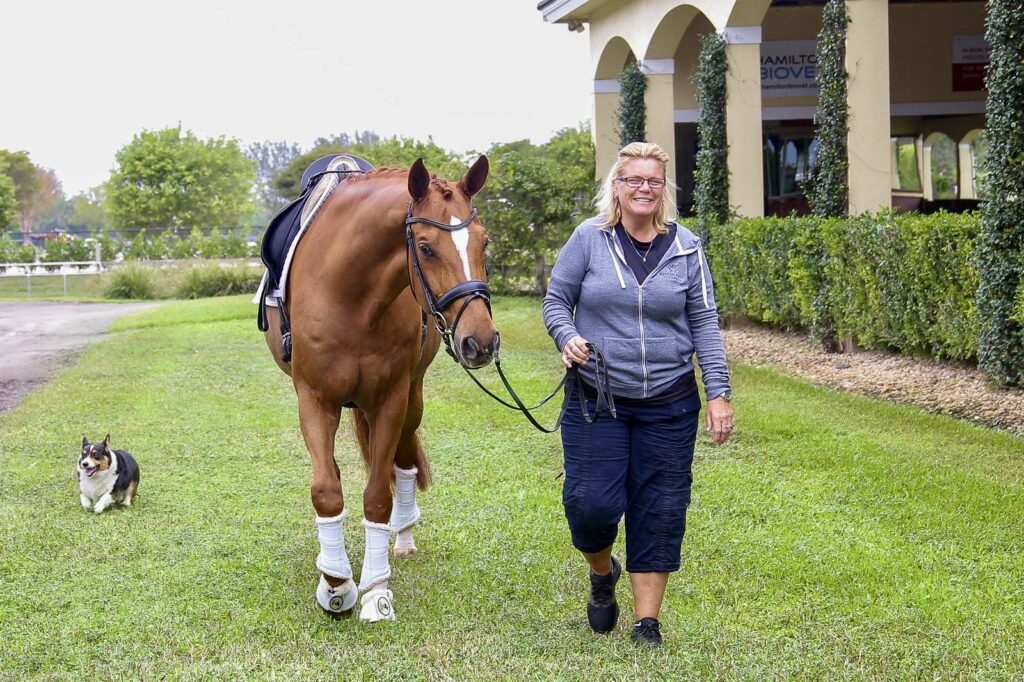
Simply finding time to eat lunch during a busy show week can be challenging. “Either you bring lunch with you, which means you have to have time to get prepared, or you have to buy food, which could mean standing in line at the horse show – something you don’t have time to do,” said van Kol. “And horse show food is very expensive for grooms on a budget.”
Culture of Silence
A culture of silence does not help to make the industry better, van Kol believes. “You say too much, and you will get fired,” she said.
And that applies to highlighting colleagues who are not pulling their weight at the barn. “Some grooms, you see them flying around when the owner or the trainer is there and then the minute that they’re gone, they just do nothing and play on the phone,” she said. “And then the others have to pick up the slack. And the good ones will do it. But if the good ones complain to the trainers, they risk bringing problems for themselves.”
Pause for Thought
For this reason van Kol has highlighted some of the challenges for show horse grooms in this article. She hopes that it might give those in the industry pause for thought.
“It is a pretty challenging situation but raising awareness is a start,” she said. “People don’t want to talk about it, but they need to start having these conversations for the benefit of the sport, the horses, the grooms, and all those involved. As it gets harder and harder to find good staff, if we can all work on this, hopefully we will see some changes for the better.
“Being a show groom is not an easy job; it’s a passion for us,” she continued. “At the end of the day as grooms, who love the horses, we will do anything for them – as they are the true performers.”
Become a HorseGrooms Insider!
Looking for exclusive access to our mentors, in-depth educational resources, and live events? HorseGrooms Insiders is designed for grooms who want to take their skills to the next level. This is a paid tier, but we’ve worked hard to keep it affordable and packed with value.
Insiders is a special access-only area within the HorseGrooms Community — no need to learn a new platform! Join Insiders today and get 50% off until the end of March with code WINTERCIRCUIT 2025 More details here.
